They makeup a handful of stores that have shot to renown for sourcing rare printed matter – here, they share their favourite photo books
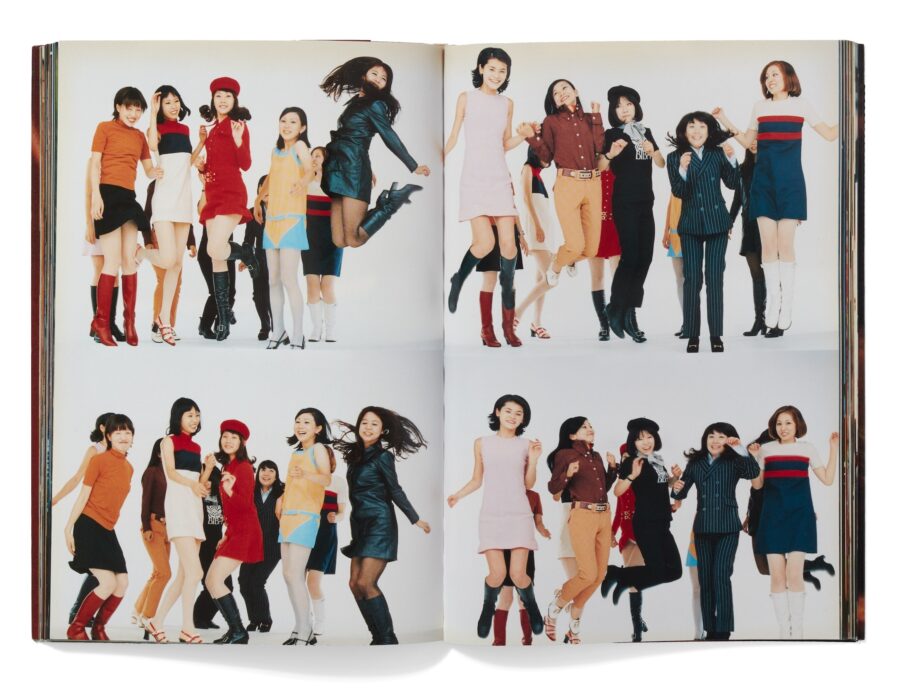

They makeup a handful of stores that have shot to renown for sourcing rare printed matter – here, they share their favourite photo books
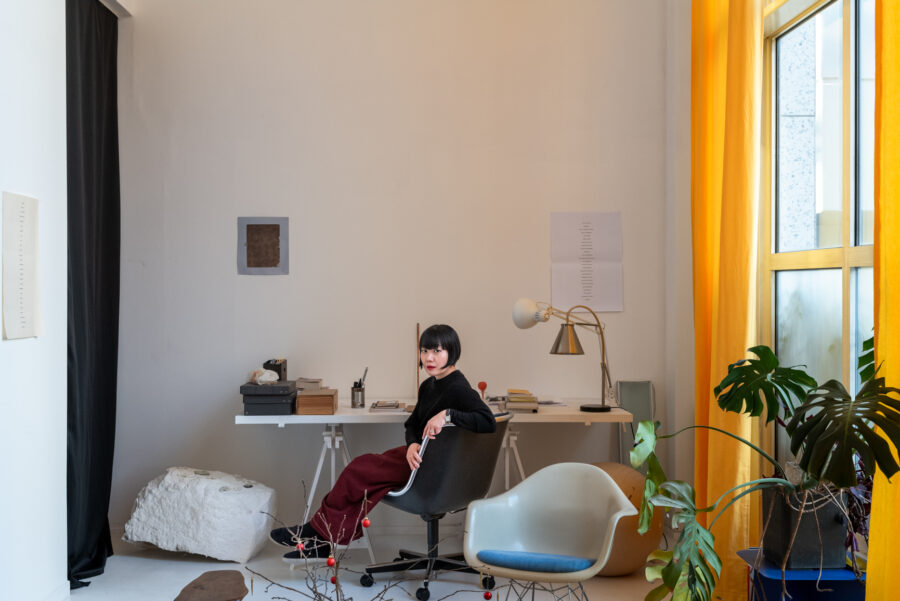
We visit a bright apartment in the 17th arrondissement of Paris administered by DRAC, an organisation which supports artists
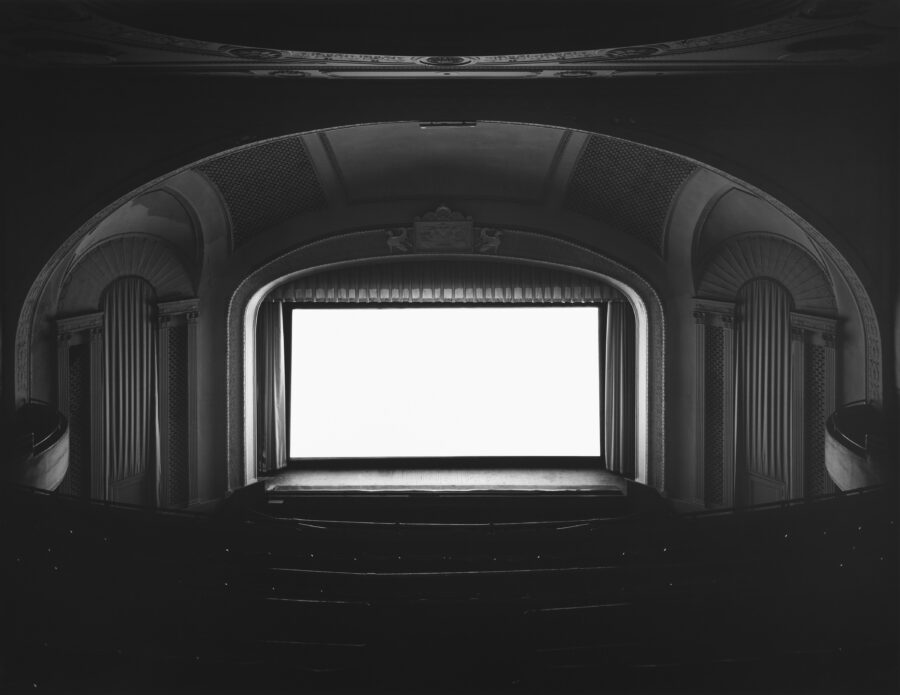
Ahead of his major retrospective at London’s Hayward Gallery, Sugimoto discusses “the consciousness of space” with Marigold Warner, on a tour of his Tokyo complex
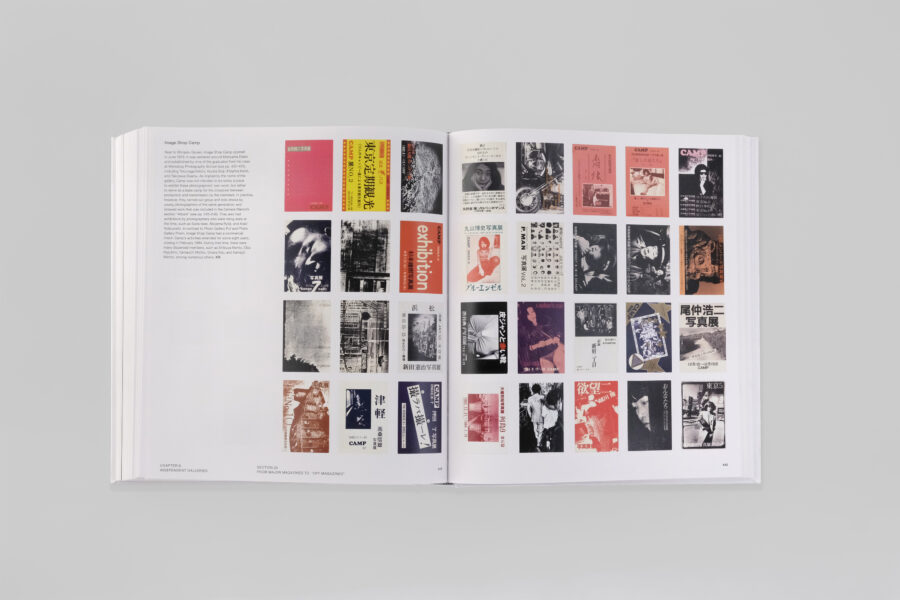
From late-19th century manuals to the “golden era” of the 1980s, this mammoth publication illustrates how photo magazines shaped the development of the medium in Japan
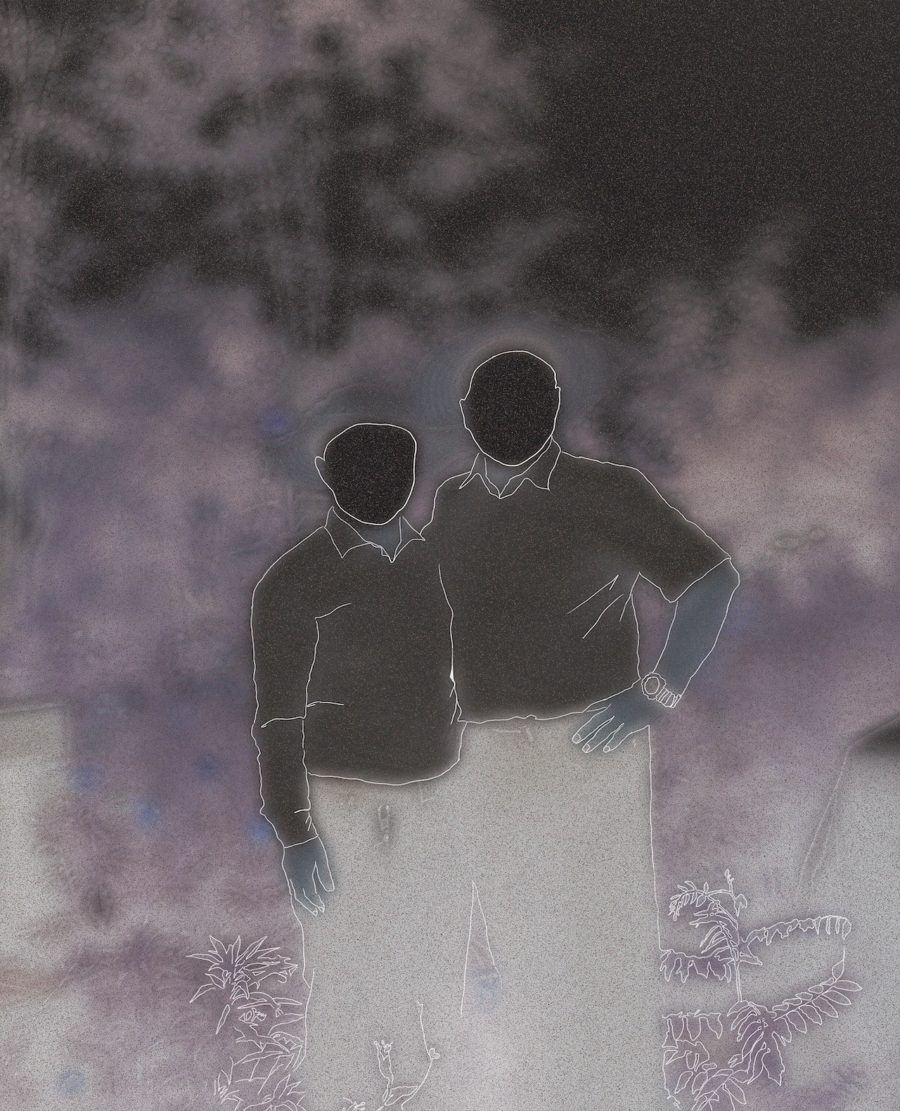
Based in Tokyo, Chinese photographer Wang Lu employs a chameleon-like approach to the medium, exploring subjects ranging from personal history to migration and cultural identity
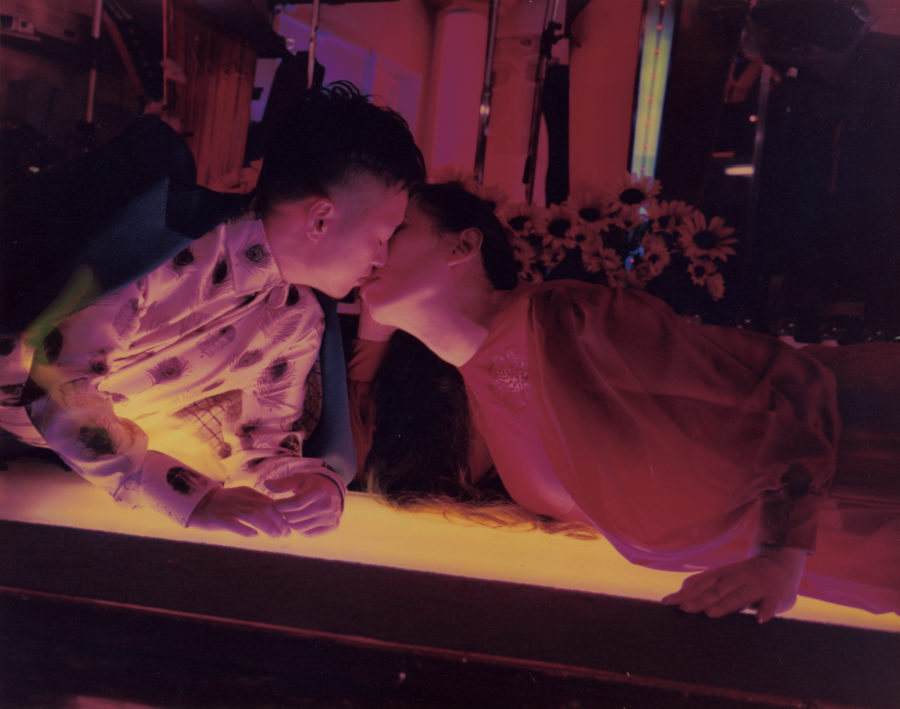
As a child, Okabe was shy and introverted. Imbued with pain and beauty, her photography illustrates her internal reality: “Perhaps taking photographs is an unconscious healing for my younger self,” she says
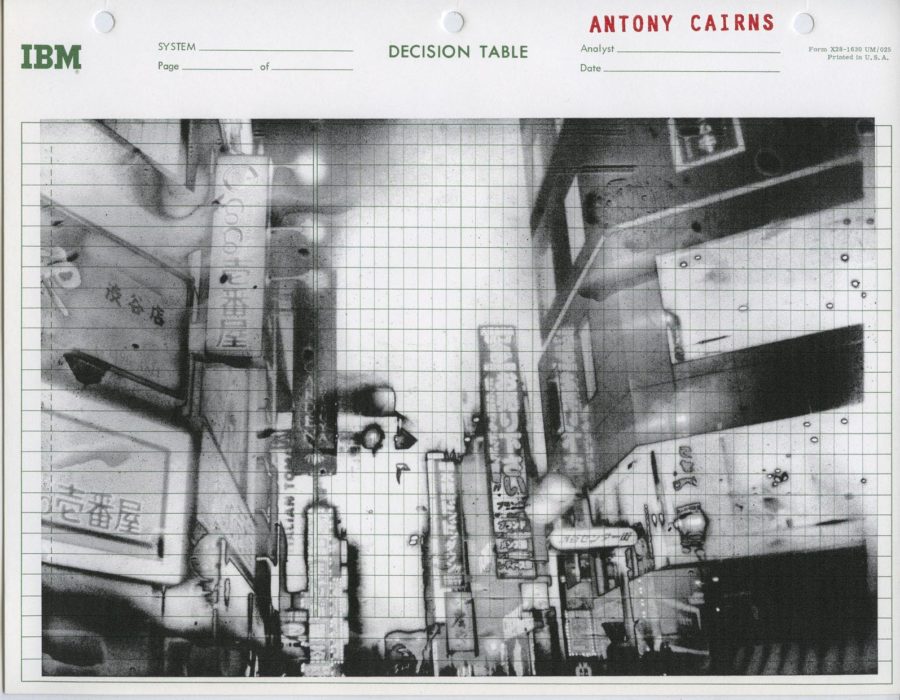
The artist’s interest in urbanisation and the photographic process runs through his first UK solo exhibition in over four years
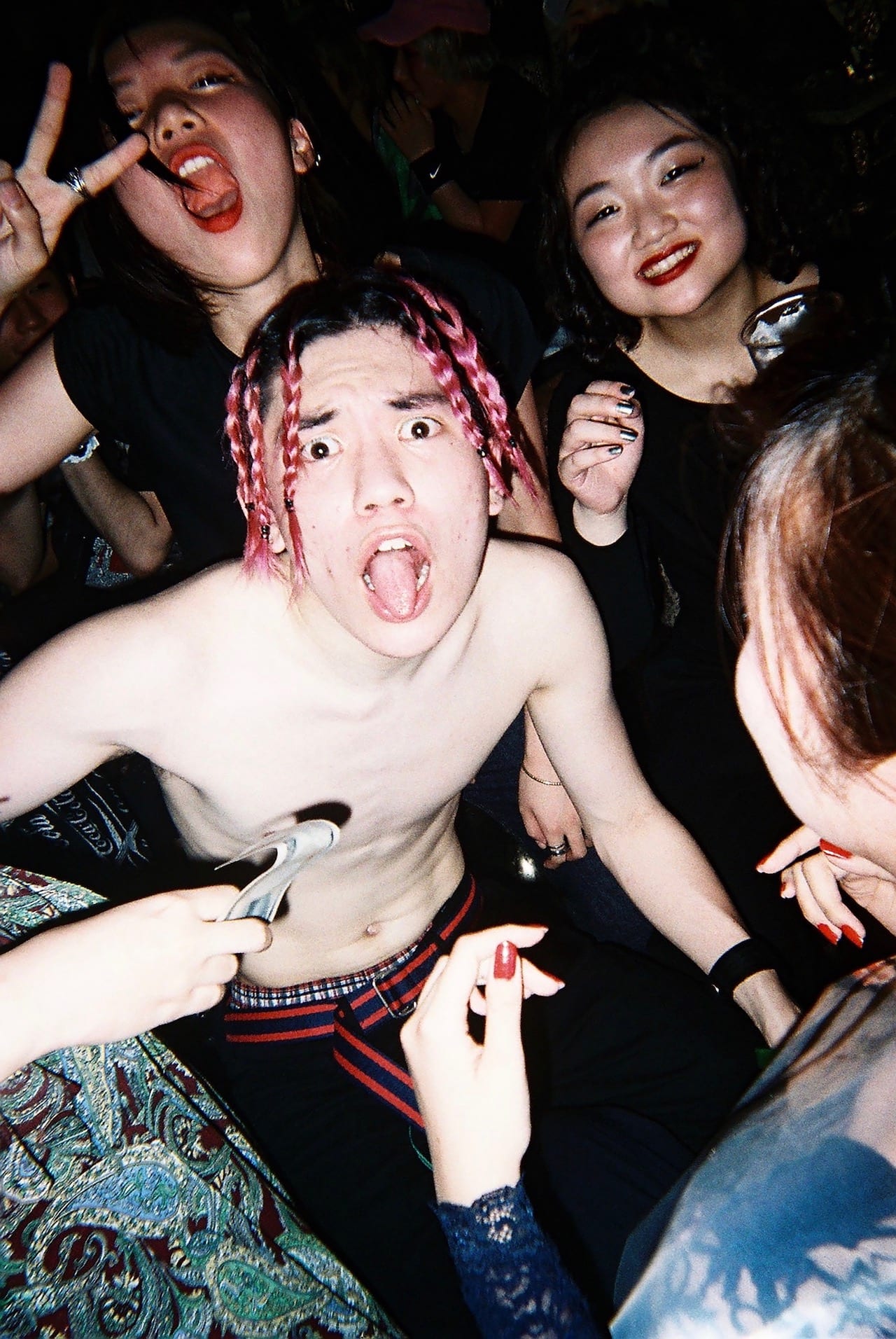
Beyond the cherry blossoms, festivals, and buzzing nightlife, Dan Bailey’s photographs of Tokyo offer a deeper discussion about Japan’s history and its sense of national and individual identity